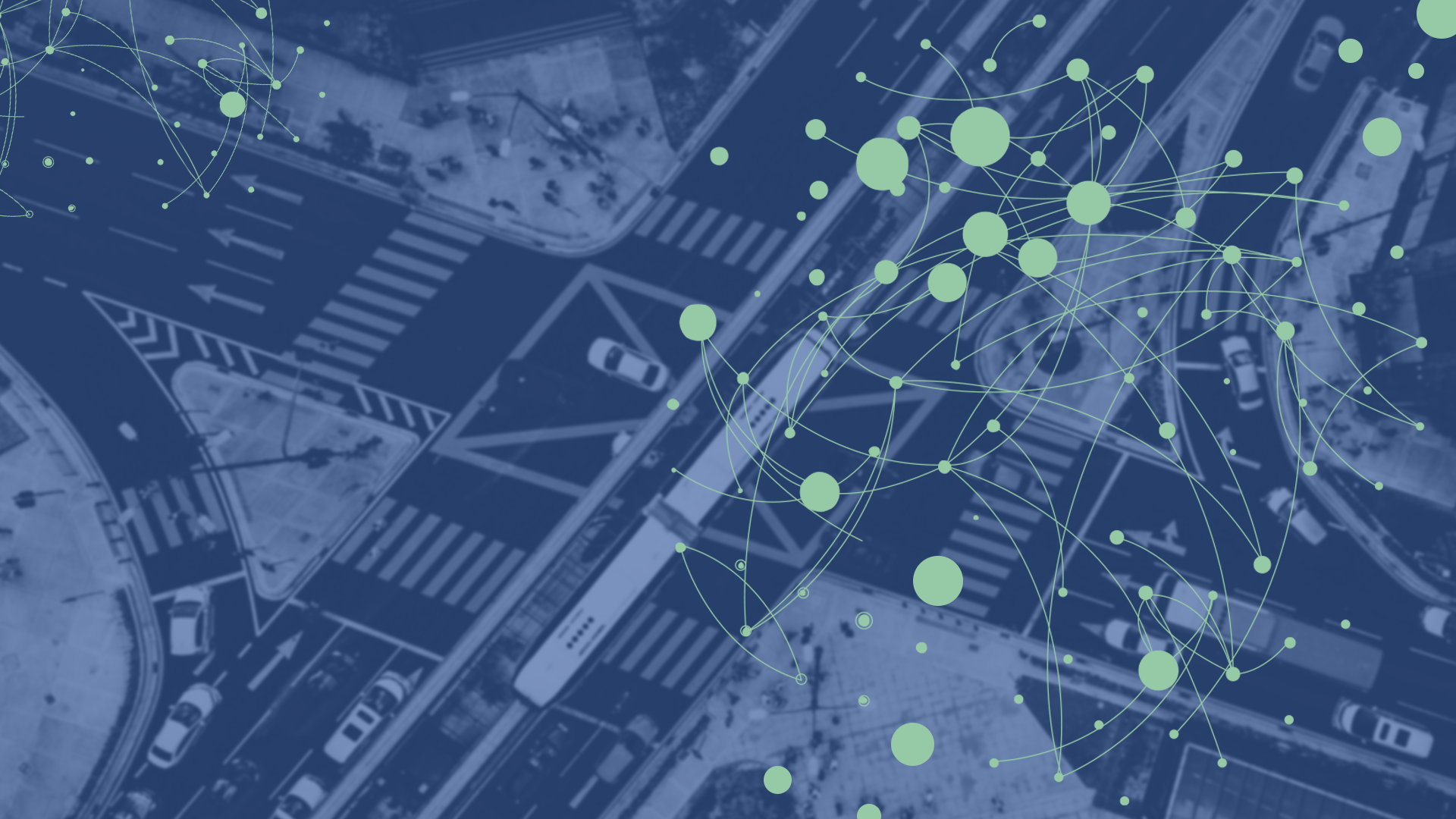The intersection of analytics & PR is too critical to ignore
Historically, the public relations field is not known for being data driven. Certainly, there are caveats in every claim just as there are caveats in every source of data. But in general, the role of data has not played a significant role in the planning of media relations and PR strategy.
What's interesting here is that in 2021, Forrester found that data literacy is a skill that companies claim they need most but do not offer any formal training. Perhaps this is one of many indicators of why data is not a core competency of public relations quit yet.
As we prepare for the new year of 2022, it's critical that brands across all verticals and sectors take the guesswork out of strategic planning. Making assumptions about an audience or the performance of a piece of content is a thing of the past. It has never worked, and it never will work.
Data analytics can mean a lot of things to a lot of different people. Here are two very actionable ways on how to use data, specifically for those who work in public relations.
Pitching the right media
“I want coverage in The New York Times” says the CEO. I don't know how many times I have heard this in my career.
It makes sense if you think about it. Coverage in the New York Times is great for bragging rights. It's even better When you get a framed copy and strategically hang it in your company lobby. But the question I always ask is whether coverage in the New York Times is going to deliver tangible business value.
One way to use data is to analyze the media landscape to determine which media outlets are truly owning the narrative through a topical analysis.
An industry narrative is very different than a brand narrative.
For example, a mobile phone company might want to understand which media is writing about 6G. Without doing any research, we all know that 6G is right around the corner. We know that the media is starting to hype it up just like they did with 3G, 4G and 5G. But what about 6G is driving headlines?
An analysis of the 6G landscape might uncover those hidden narratives, topics, and themes that the media is gravitating towards. It would be impossible to scroll through batches of coverage and come to any conclusion of what these might be. Especially when there are thousands and thousands of articles from thousands of different media publications.
A cluster analysis can uncover the context of the coverage. A few of those hidden narratives could be that 6G towers and the effect it's having on the farming community or security concerns with 6G implementation, as an example. You would never know what is top of mind for the media beyond just 6G if you weren't looking at the data. And I'm not talking about Googling 6G and reading through the headlines either.
This type of analysis can help inform the words and language you use in all your earned media content, everything from press releases (yes, these are still a thing), to submitted bylines, and the specific keywords you use when writing blogs and social media content.
Uncovering audience media consumption
Building on the example above, let's assume that your CEO does give you a mandate to get coverage in the New York Times. Not only do you create anxiety with your PR agency because getting this coverage isn't easy, but you start to think about your audience.
Do they even read the New York Times?
For the most part, the New York Times is a mainstream media publication. People do consume that media during election season, during a time of war, large global issues, and other breaking news.
In this case, an audience analysis can help PR pros determine whether the New York Times is the right priority media outlet. This type of data is not that easy to find and does require a sense of rigor. It works like this:
- Build the audience. Use software to create an audience based on different variables like bio terms, brand affinity, or shared interests.
- Analyze the audience. Determine which brands and media publications the audience has an affinity for based on the percent of the audience who follows them on social.
- Analyze the conversation. Track the URLs and domains that the audience is sharing over time. This type of analysis also uncovers the “context” and narrative drivers of the data.
Similar to above, these insights can be used to validate priority media outlets and also provide messaging pillars based on what’s top of mind for the audience.
Why does this matter?
I'd like to clarify that analytics alone will not solve all your marketing and communications problems, even if the context and audience insights appear to be actionable.
For years, smart PR pros have relied on intuition, industry knowledge, and business experience to drive media strategy.
This is still critical today.
But when you can package all that experience and knowledge with data driven insights, your public relations programs will produce exponentially higher results, and maybe even get you coverage in the New York Times.






